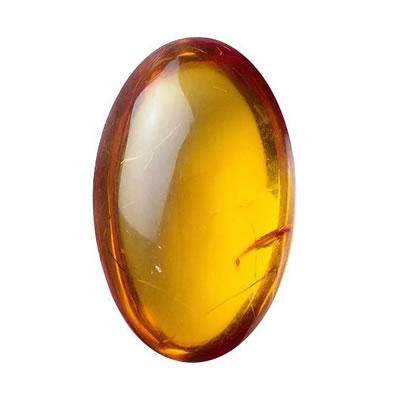Mother of Pearl

pearl family
Mother of Pearl jewelry
Etymology and history
The English word pearl originated (via French perle) from the Latin word perla. Mother of pearl is the common name for iridescent nacre, a blend of minerals that are secreted by oysters and other mollusks and deposited inside their shells, coating and protecting their bodies from parasites and foreign objects.
Mother of Pearl description
Mother of pearl, also called nacre, is an iridescent layer of material which forms the shell lining of many mollusks. Pearl oysters and abalone are both sources of mother of pearl, which is widely used as an inlay in jewelry, furniture, and musical instruments. Mother of pearl comes in several natural colors, and is often bleached and dyed for decorative use. The dye retains the shimmering layers which make mother of pearl so sought after. Mother of Pearls usually secretes calcium carbonate in extremely thin platelets or building blocks that are less than half a micro meter in length. While Mother Pearls are usually a glossy or very shiny white, they can also be a slight gray or iridescent color.
Mother of Pearl in jewelry
Jewelry made from mother of pearl is in the group called organic jewelry, which includes all jewelry that originates from a living creature, plant or other living organism.
Occurrence
Natural pearls have been harvested from the Persian Gulf, the Gulf of Manaar (Indian Ocean), and the Red Sea for thousands of years. The coasts of Polynesia and Australia produce mainly cultured pearls. Both freshwater and saltwater pearls are cultivated in Japan and China. Freshwater pearls occur in the rivers of Scotland, Ireland, France, Austria, Germany, and the USA (Mississippi)
Talk to Our Jewelry Experts
Monday to Friday from 9AM to 5PM EST













